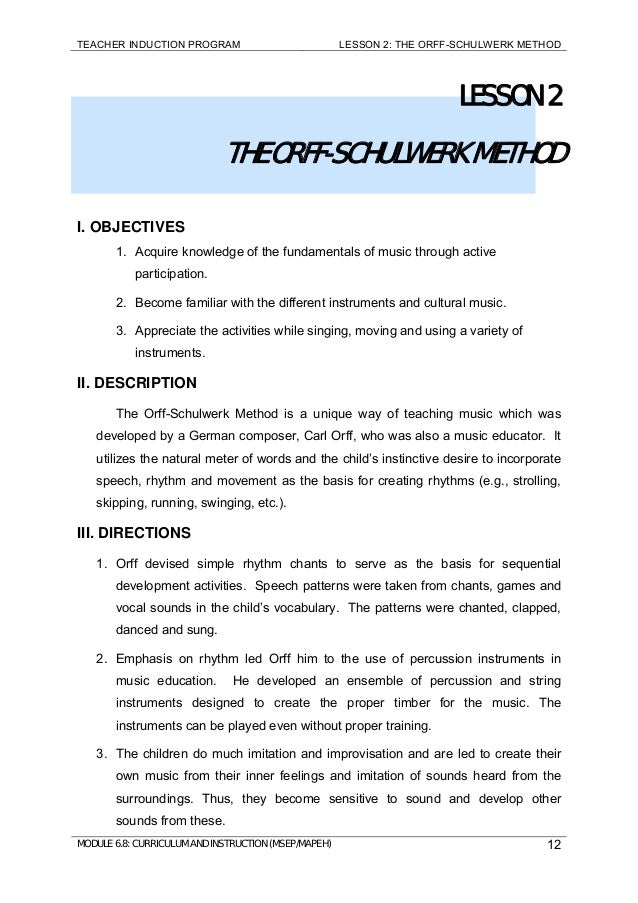The role and functioning of imitation in language and speech are. From the stream of speech sound the ‘right. Into a motor program and. Speech Sounds r: Teachniques and. Language program. Imitation is an important technique when teaching a child any new speech sound. Imitation requires the.


Cs 1.5 Maps here. We all remember playing Simon Says as a child, which is at its core a game of imitation on demand. Someone does an action, and everyone else is supposed to do the same action as long as 'Simon Says' was stated first. Imitation skills are so important because the ability to imitate will lead into being able to play/socially interact, learn sign language, be prompted, or just 'learn to learn'. Vocal imitation is a verbal program designed to teach a child to imitate on demand. 'On demand' is a key distinction.
Many kids I begin working with are already babbling or have a few words. However these children cannot produce a sound or word on request. They sing songs all day, but if asked to sing a specific song they wont. Vocal imitation is one of the first few programs I write to start working on language. If you have a client or child in either of these situations, then they would benefit from a vocal imitation program. Pes 2009 Patch 2012 Startimes on this page.
The ultimate goal of teaching vocal imitation is so the child will learn imitation skills, to get the child's language under instructional control, and to be able to prompt the child. If a child cannot imitate on request their language wont be very useful to them. In order to teach the child new and novel labels/words they need to be able to imitate you.
Research supported methods for include Echoics (this is a term for vocal imitation), stimulus-stimulus pairing, alternative means of communication such as PECS, and shaping. Example of stimulus-stimulus pairing: the child says 'Buh' while looking at some bubbles, and you hand the child some bubbles. You reinforce language (even approximations of language) to pair the language with the item. Example of shaping: the child is taught to say 'Buh', then 'Buh-ll', and finally 'Bubbles' in order to receive access to the bubbles. You make the language requirement progressively more difficult over time. The first step in teaching vocal imitation using Echoics, would be to teach the child to repeat or echo words/sounds on demand. The therapist would say to the child (with no stimuli present) 'Say ball' and the child should respond 'Ball'. Spore Update Patch 5.1 there.